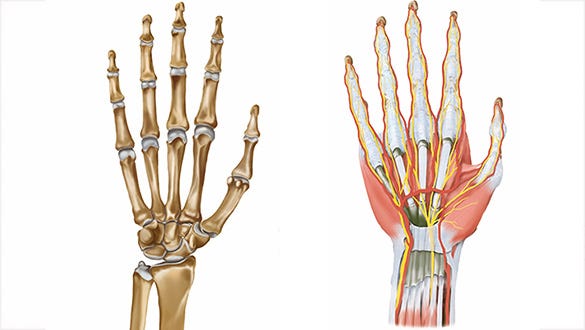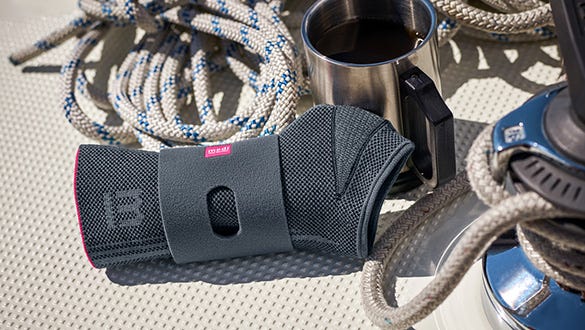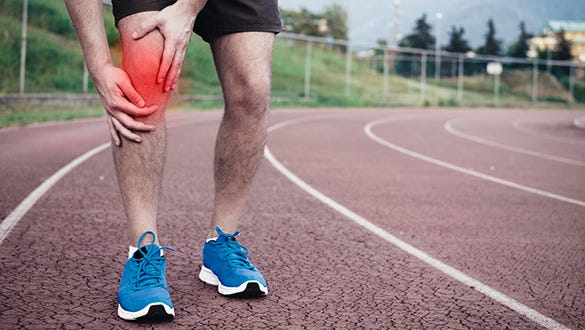- Free First Class Delivery
- Buyer Protection
- Secure Online Shopping
- Healthcare Professional? Click here
Carpal Tunnel and repetitive strain injury (RSI)
The human hand and wrist are the most intricate and precise anatomy in the human skeleton, with the ability to sense and operate at very fine degrees making them remarkable structures.


Categories


There are 27 bones, joined by dozens of ligaments and tendons that make the hand function, with the carpal bones nearer the base of the palm and the wrist.
The stronger muscles for gripping and squeezing the hand are mainly in the forearm and the power is transferred via ligaments that run through a small tunnel over the carpal bones, hence the term carpal tunnel.
The carpal tunnel can become inflamed due to repetitive tasks making the slightest movement painful, and a sustained period of strict rest during night-time has been shown to reduce and remove all pain without the need for surgery.
Treatment of RSI
Treatment of repetitive strain injury (RSI) is difficult as the symptoms have developed over a prolonged period until painful, with sufferers hoping for an immediate fix, but healing naturally is a sympathetic process and takes time.
The optimum immobilisation treatments don’t just hold the wrist in one position all night, but the fingers too, as this prevents the ligaments moving involuntarily in the carpal tunnel during sleep.










